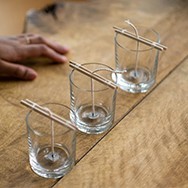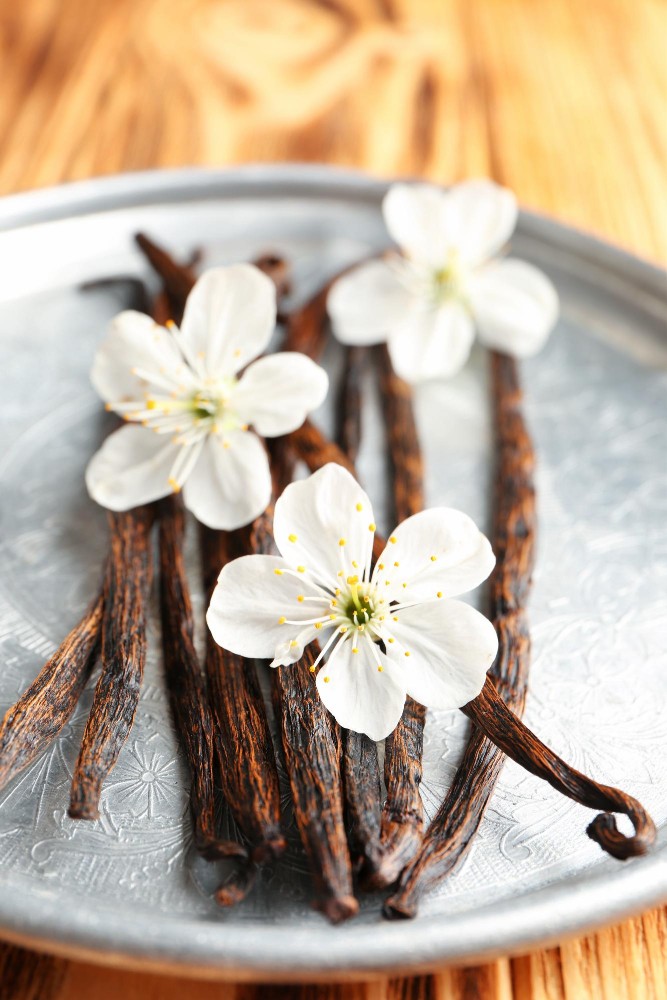- TCR, ECO, and LX Waxed Wicks: Coated in wax, these are ideal for various types of candles due to their quick ignition.
- Wooden Wicks: These add a cozy crackling effect during burning. Unlike cotton wicks, they never sag and don't emit unpleasant odors. However, they are more complex to use than other types.
- Spool Wicks (Flat, Square, or Round Braids): These wicks are simpler in design, making them easier to work with. They come in linen, hemp, or cotton variations.
How to Choose the Most Suitable Wick for Your Candle?
Several factors affect wick selection, including the candle's reaction to burn, melt pool, and scent diffusion. Testing and adjustments are necessary for optimal performance, as there are no universal rules. However, we can guide you based on your candle type, container diameter, or wax type.
General Guidelines:
- A weak wick will cause a "crater" effect.
- A wick that's too strong will produce a large flame and high consumption.
- A properly chosen wick melts the wax across the entire diameter with a 10 mm wax pool (also called a "pool").
Different Wick Choices Based on Candle Type:
- Container Candles: If you’re pouring wax into a glass or aluminum container, waxed wicks with a base (like TCR) or wooden wicks are ideal.
- Molded Candles: Braided spool wicks are best for this type, with flat or round wicks that are not waxed.
- Tea Lights: Waxed "TEA Lights Series" wicks are the optimal choice.
Diameter & Height of Your Container:
The diameter of your container or mold is a key factor. For example, our flat wicks are labeled with "P" sizes (P0, P1, etc.). For container candles, the more elements you add, the larger the wick size you will need. If you're using plant-based wax and fragrance, choose 1-2 sizes larger. For molded candles with uneven diameters, calculate the average diameter.
Wax Type: Plant-Based, Animal, or Mineral?
The wax type also influences wick selection:
- Plant-Based and Beeswax: Choose waxed, round spool wicks, or wooden wicks.
- Mineral Waxes (except gels): Use waxed, flat spool wicks or wooden wicks.
For the best results, consider all three factors—candle type, diameter, and wax type—together. Always perform tests to find the right wick for your specific candle.
Understanding Wick Reference Numbers:
To find the right wick, it’s important to understand the classification system. Each wick product sheet includes a table displaying the available sizes for each reference. For example, TCR 18/10 Ø32 – Ø38 means:
- TCR = Wick category
- 18/10 = Braiding reference
- Ø32 – Ø38 = Glass container inner diameter
These values are defaults for raw candles (without fragrance or colorants). You may need to adjust by 2-4 sizes larger based on the ingredients you use.
Conclusion:
Choosing the right wick impacts the entire candle-making process. Consider the candle type, container diameter, and wax type, and always test thoroughly for each new recipe. Curious about how to properly use your chosen wick? Check out our dedicated article!



